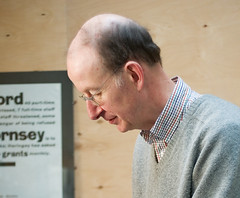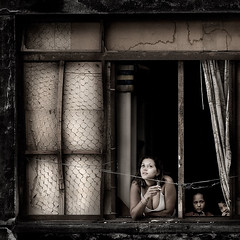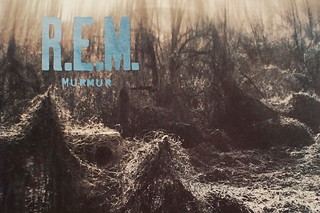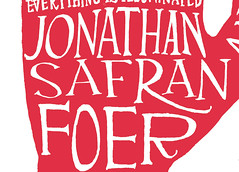Feature
Reputations: Robin Kinross
‘It’s to do with meaning, which forces its way up like a root growing under a pavement – it breaks the paving stones. Many people would like these neat stones in a nice grid, but unfortunately there is this tree with all its pressures and necessities and you have to follow it.’
Deep in the archives
Christian Schwartz, Paul Barnes
Contemporary type designers Christian Schwartz and Paul Barnes select some historical type specimens that excite and intrigue them.
Reputations: Kathy Ryan
‘It’s a balance between art and content. With art, it’s pure visual delight. And because it’s The New York Times Magazine, we balance that with content. At the same time, most of the photographs have to deliver information. But we often have leeway for the photos to be more interpretive and elaborate beyond the text – the photography is expected to be a powerful voice unto itself.’
The view from here
Julio Bittencourt records the last days of Prestes Maia 911 in São Paulo, Brazil.
The new, weird America
Michael Stipe’s early R.E.M. sleeves were a strange fusion of the DIY spirit of punk and the mystery of America’s Deep South.
Fleet Street of walls
Wall newspapers, with a chequered history stretching from propaganda to protest, are populist and powerful.
Religion’s universal message (board)
World religions put their faith in the standard quarter-inch grooved changeable letter board
Understanding silly books
Turning Python’s TV humour into cold print required some very serious graphic design
Credits where due
Momoco’s TV and film titles mix animation and typography to distinctive (and award-winning) effect
Out of hand
Handwriting is a touchstone in the history of graphic design, where lettering meets the messy reality of the human body







